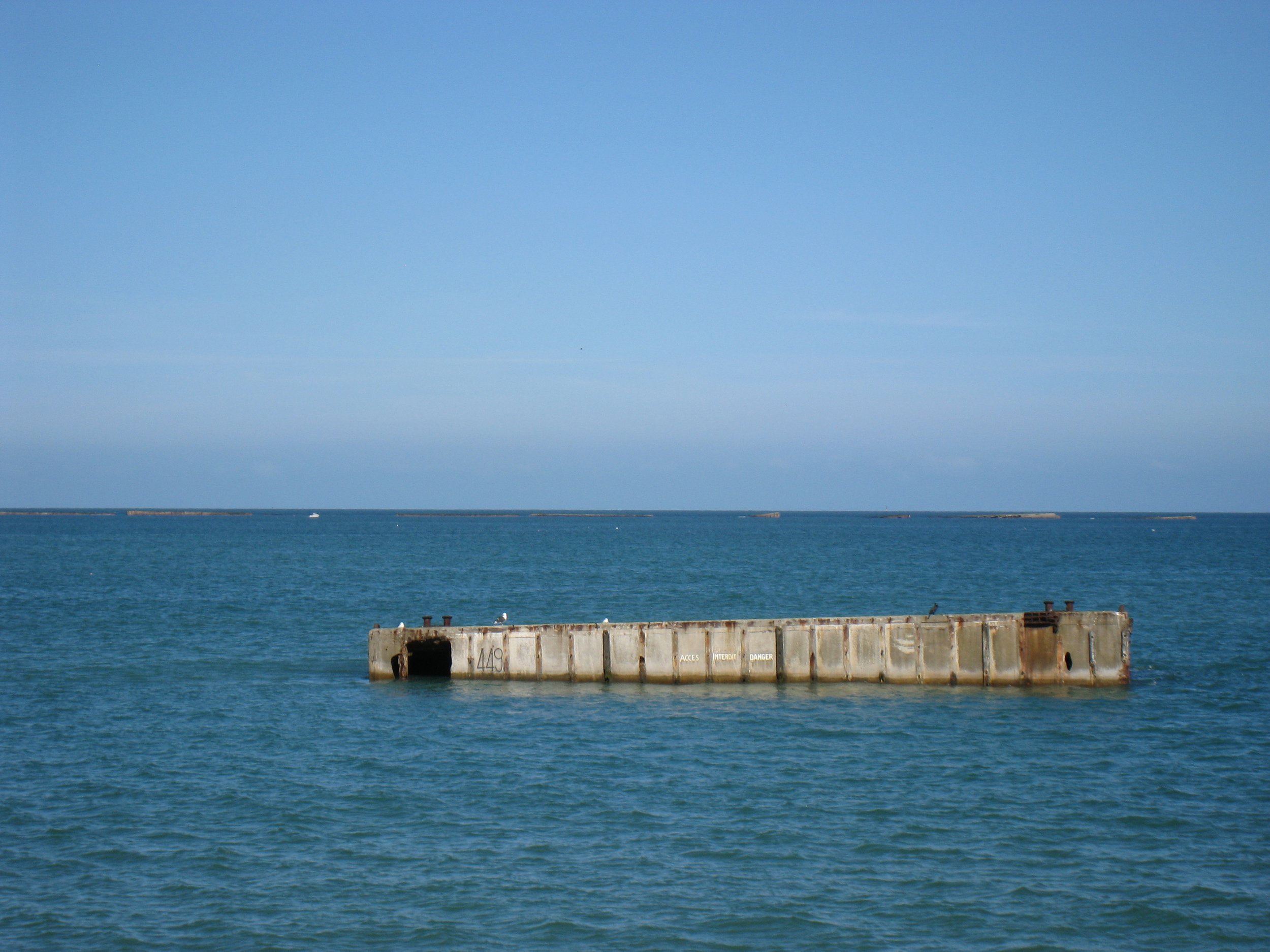by Norman Dowie, Chair, Linlithgow Heritage Trust
There are a few battles where the actual date is so well known as D-Day. The successful landing on the 6th June 1944 is regarded as one of the turning points in the Second World War.
The story of the landings has become well known to many people through films such as ‘The Longest Day’ and its memorable scenes such as the glider attack on Pegasus Bridge or the paratroopers caught on the church tower at Sainte-Mère-Église.
D-Day was made possible by the Allies’ victory in 1943 in the Battle of the Atlantic and naval superiority was crucial to the success of the landings. The naval plan was named Operation Neptune and involved almost 7,000 vessels from landing craft to venerable battleships such as HMS Warspite. Although the Normandy landings were far more challenging, the Allies had gained experience in amphibious landings in North Africa, Sicily and Italy. The person in charge of naval planning was Admiral Ramsay who had also planned the Dunkirk evacuation in 1940.
The landing on D-Day was, however, just the start of the Normandy campaign. As ever, the unsung part of military planning is logistics - the invasion force needed supplies such as food, ammunition and fuel as well as reinforcements to be brought across the channel. There was no port on the Normandy coast so the Allies towed artificial harbours across the Channel and parts of one of these Mulberry harbours can still be seen at Arromanches.
The Normandy part of the operation was code-named Operation Overlord. Before the amphibious assault, there was an airborne assault by the British 6th Airborne Division and the American 101st and 82nd Divisions. Six gliders were also tasked with capturing the Pegasus Bridge which was a crucial link between the seaborne assault and the British parachute landing.
The amphibious assault delivered more than 150,000 troops on the 6th June over the beaches code-named Sword, Juno, Gold, Omaha and Utah. By the end of August, more than two million Allied troops were in France.
The Allies had air superiority over the battlefield through the RAF and the American 2nd Tactical Airforce but communication between the troops on the ground and the aircraft proved difficult. The Germans did, however, suffer greatly in the Falaise Pocket in late August when they were trying to escape being caught between the Allied troops.
The Allies were ultimately victorious but it was a hard campaign over June, July and August. The casualty rates were comparable to some of the worst seen since the Western Front during World War 1.
DID YOU KNOW?
The ‘D’ in D-Day actually stands for ‘Day’ meaning that its short for Day-Day. Before D-Day on 6 June 1944, D-Day usually meant the date on which a military operation begins. However, this particular military operation became so iconic that D-Day is now used to solely refer to the beginning of Operation Overlord and the Normandy landings.



